Research Facilities
-
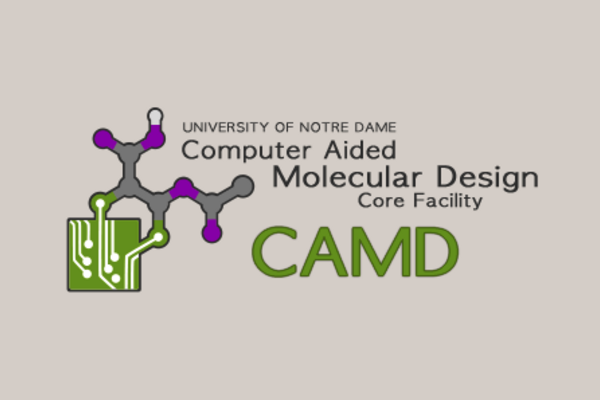
Computer Aided Molecular Design Core Facility
The Computer Aided Molecular Design Core Facility aims to provide a full range of computational support, from atomistic modeling to assistance in proposal writing, for drug discovery and related areas to all groups on campus. -
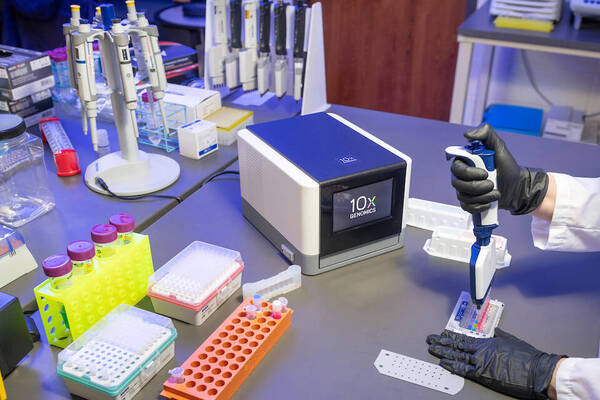
Genomics Core Facility
The Notre Dame Genomics Core Facility opened in 2008 to provide high-quality equipment and support for genomics experimentation. -
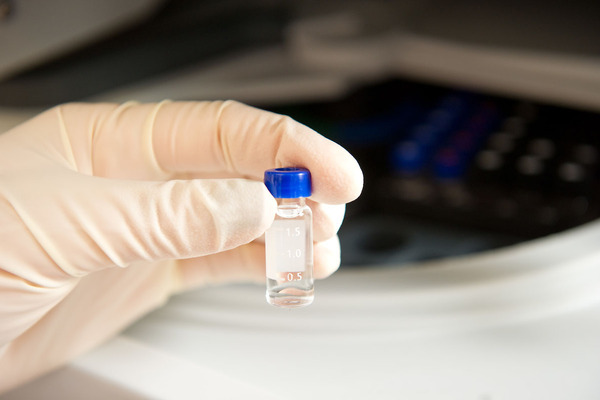
Mass Spectrometry Facility
The Mass Spectrometry Facility provides modern instrumentation and expertise for mass spectrometric analysis, a key tool in the analysis of large molecules supporting research in organic, inorganic, and environmental chemistry -
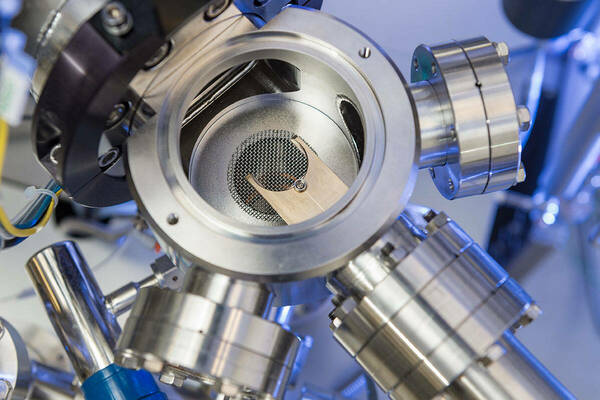
Materials Characterization Facility
The Materials Characterization Facility delivers state-of-the-art analytical services, expertise, and instrumentation with unique capabilities to resolve some of the most relevant scientific problems facing researchers today. -
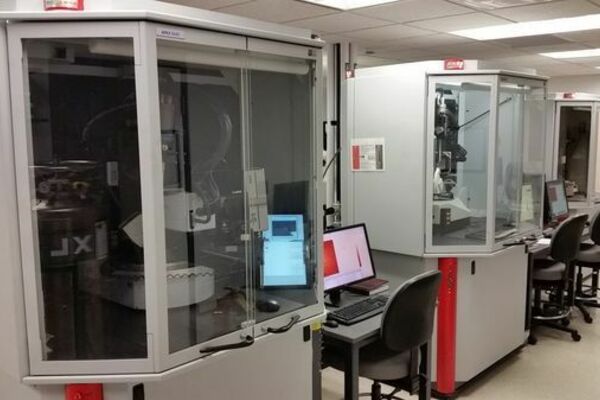
Molecular Structure Facility
The Molecular Structure Facility houses three single crystal and one powder diffractometer. This allows researchers rapid and timely access to a fundamental analysis of new compounds synthesized in their laboratories. -
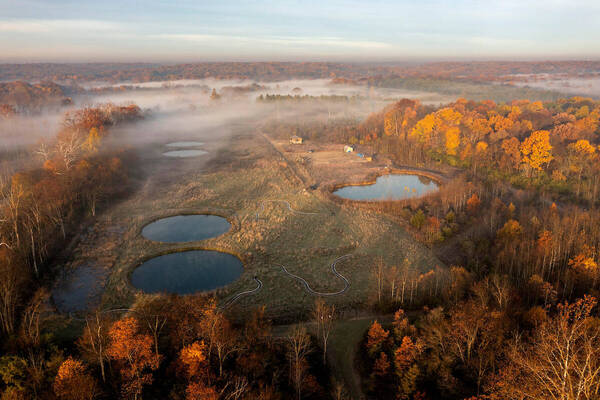
ND-LEEF
The Notre Dame Linked Experimental Ecosystem Facility (ND-LEEF) hosts two replicated watersheds that each contain a linked stream, pond, and wetland that can be manipulated to test ecological hypotheses. -
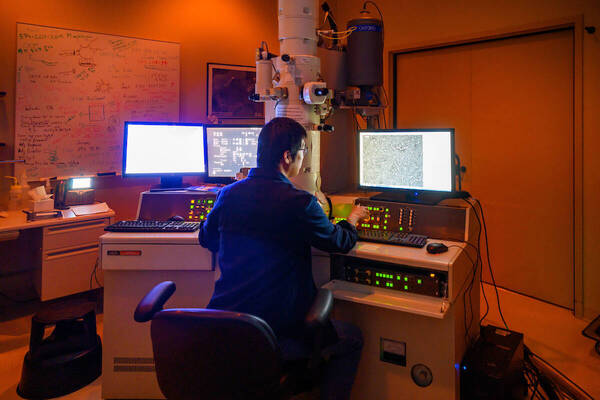
Notre Dame Integrated Imaging Facility
The Notre Dame Integrated Imaging Facility (NDIIF) is a state-of-the-art research core that will make available to the Notre Dame science and engineering community an integrated suite of sophisticated microscopes and imaging stations -
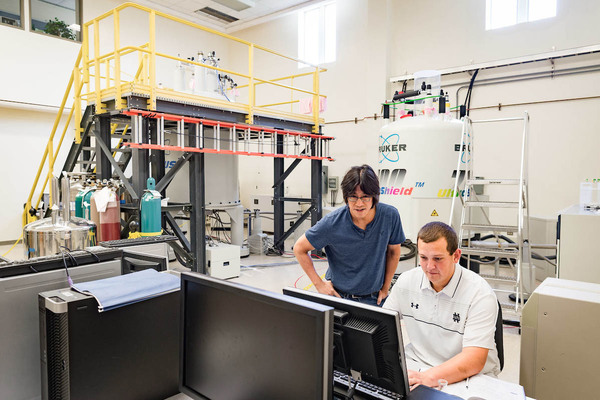
Nuclear Magnetic Resonance Research Center
This facility plays a critical role in the structural biology, biosynthetic chemistry, and transgenic research carried out at the University. -
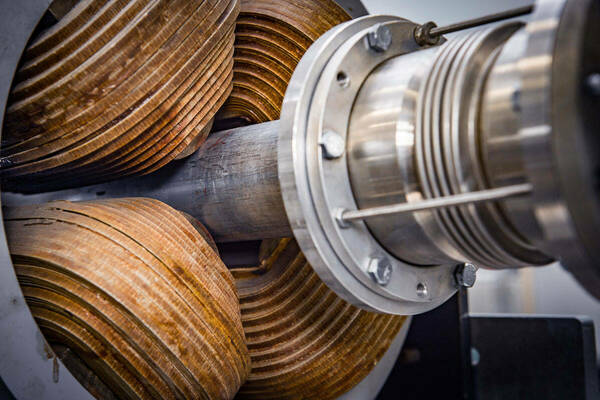
Nuclear Structure Laboratory
This is one of only three medium-scale accelerator laboratories in the United States funded by the National Science Foundation to perform basic research in a wide spectrum of areas. -
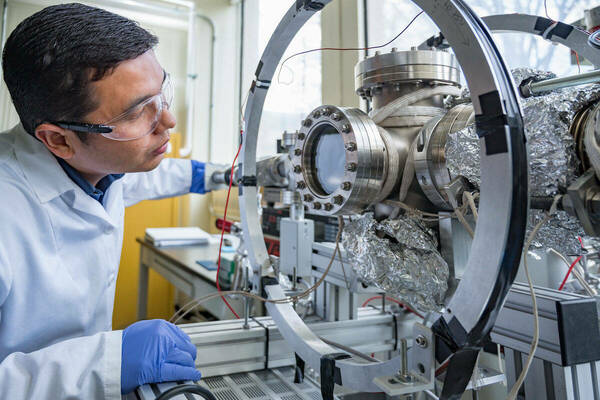
Radiation Laboratory
The Notre Dame Radiation Laboratory is the premier research laboratory in the United States for radiation chemistry, the study of chemical reactions induced by ionizing radiation. -
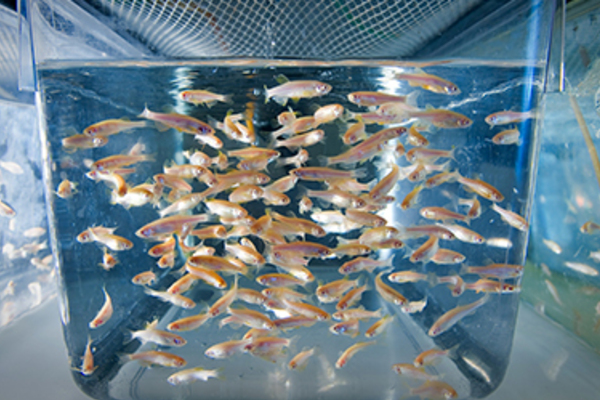
Zebrafish Facility
Created in 1995, the Zebrafish Facility provides a tool for both basic research and teaching in vertebrate genetics and developmental biology.